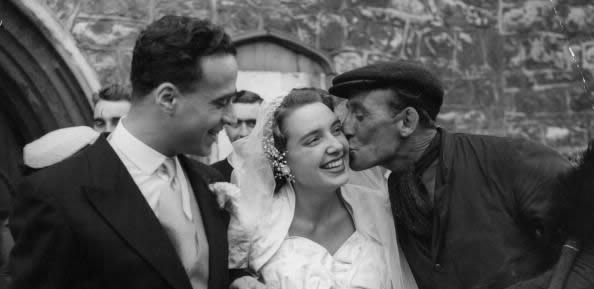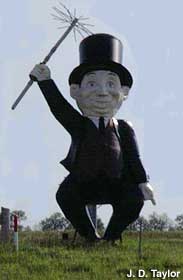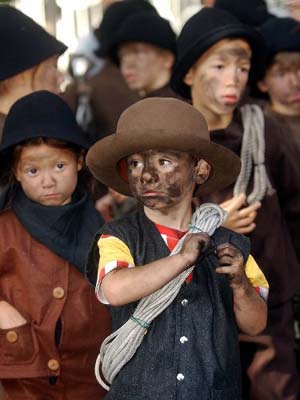A Brief History of Our Craft
It was understood even in the Georgian period of our history that chimneys had to be brush cleaned. Way back to the 17th century the Master Sweep of the day would employ small boys to climb and scramble up chimneys. The task for these climbing boys was to brush clean the inside of the flue with small hand-held brushes. They also used metal scrapers to remove the harder tar deposits left by wood or log fire smoke.
The boys were apprentices and were bound to the trade as young as seven years old. A Master was paid a fee to clothe, keep and teach the child his trade. Sweeps' Boys were usually parish children or orphans, though others were sold into the trade by their families. Some grew up to be Journeymen (assistants to the Master), the remainder were put out to various trades to try to learn a new occupation. In London, there was a London Society of Master Sweeps with its own set of rules, one of which included that boys were not required to work on Sundays but had to attend Sunday School to study, learn and read the Bible.
However, conditions for the boys were harsh and often cruel. They slept in cellars on bags of soot and were seldom washed. Years of accumulated soot and grime often produced cancer of the testicles. It was a dangerous and filthy job for the boys to undertake, especially without the protection of safety clothing and respirators. Sadly there are recorded instances where these Climbing Boys choked and suffocated to death by dust inhalation whilst attempting to clean chimneys. Casualties were also frequent as boys became stuck in narrow flues or fell from climbing rotten chimney stacks.
It took many years and campaigns before Acts of Parliament finally approved by the House of Lords outlawed the use of Climbing Boys. In 1864 Lord Shaftesbury brought in the "Act for the Regulation of Chimney Sweepers" which established a penalty of £10.00 for offenders.
In the early part of the 18th century various types of chimney cleaning methods were being developed. An engineer from Bristol, Mr. Joseph Glass, is widely recognized as the inventor of chimney cleaning equipment, which has become universal even to this day. This was the design and introduction of canes and brushes, which could be pushed and propelled up from the fireplace into the chimney above. Early canes were made of malacca and imported from the East Indies. Brushes were made of whale bones, no nylon or polypropylene.
The other method of cleaning flues that was developed originally came from the Continent - Europe. This was the ball, brush and rope system which was lowered down from the top of the chimney. The weight of the lead or iron ball pulls the brush down, thus cleaning the chimney. This procedure is still used widely in Scotland even today. This is because of the historical contacts Scotland had with Europe. With the Industrial Revolution and ever greater demand for coal production, chimney sweeps grew in numbers. In Victorian London, there were over 1,000 chimney sweeps serving the area.
The continued expansion of coal as the main fuel for domestic heating ensured that the sweeping trade flourished. This was right up to the early 1960s when gas began to be installed and replace coal as a source of domestic heating. The switch to gas continued in the seventies and many of the old established family sweeps retired or gave up the business. Until this period, sweeps had traditionally cleaned only coal, wood and oil chimneys. Public awareness of the need for clean, safe and clear chimneys was almost non-existent. Carbon monoxide poisonings from blocked chimneys began to be noticed.
Above text copyright Martin Glynn, President of The National Association of Chimney Sweeps (Used without permission).
Being a chimney sweep was not lucky for the little girls and boys who had this job in the 1700's to 1800's. They were a type of indentured servant, bought by the chimney sweep master. The master was to teach them the trade while being responsible for housing them. Their job was to actually climb up, inside the chimney, brushing the flue as they went, and they weren't done til their heads poked out of the chimney top. This, of course, was a scary job for these children and they were often reluctant to perform as expected. Many masters used a dangerous punishment: the child was forced up the flue then a fire was lit. Since he couldn't come down, they had no choice but to climb up the flue. We think this is where the term "light a fire under you" originated.
These children lived in deplorable conditions. They carried a large sack with them, into which they dumped the soot they swept from the chimneys. They used this same sack as a blanket to sleep in at night, and only bathed infrequently. They were often sickly, and learned to beg handouts of food and clothing from their customers as all the money they earned went to their masters. The soot they collected was sold to farmers for fertilizer.
Why did chimney sweeps wear tophats and tails? They are said to have most often gotten their clothing as cast-offs from funeral directors. The outfit was always a very practical black in color, and gave an air of distinction to a dirty, though necessary, job. Chimney sweeps often served double duty as the town's "nightman", whose job it was to clean out the privy. It is said that chimney sweeps wore slippers because they could be more easily removed, freeing the toes to aid their climbing grip.
Not many chimney sweeps carry on the tradition of tophats and tails as their standard attire these days, as many feel the garb demeans the seriousness of the jobs we perform, which are not only sweeping chimneys but performing repairs and maintenance of many types. (The topcoat tails also make it difficult to climb a ladder.) We all probably have them tucked away in the back of our closets and still can be convinced to wear them for weddings and photo ops.
A history of the Chimney Sweeping Profession
Legend has it that in the year 1066 (approximately) King William of Britain was saved by a chimney sweep, who pushed him out of the way of a runaway horse and carriage. As a reward, the king invited the chimney sweep to his daughter's wedding. Ever since it has been considered to be good luck to have a chimney sweep at a wedding or special event, or even visit your house. In addition, the king declared all chimney sweeps to be lucky, and allowed their profession only to wear top hats, which was a custom previously reserved for royalty and the gentry. It then became lucky for a sweep to wear 13 buttons on his jacket, and legend has it that a sweep can cancel out any bad luck.
|
Pigs and chimney sweeps Pigs and chimney sweeps are linked together in tradition as good luck charms. It once was customary for the town chimney sweep to tote a pig through the streets on New Year's Day; people paid a small sum to make a wish while pulling a hair from the pig. You don't see us doing that any more, and I'm sure the pigs are pretty happy about that; they probably weren't so enthusiastic about the custom, despite how they are depicted with good luck symbols - the horseshoe and shamrock.
|
The Job Orphaned children as young as four were The children would be sent up into a chimney to clean
the soot from the chimney walls with their hands or
with scrapers. It was normal for the children to
become scared and reluctant to climb.
|
A Lucky Lady Did you know that it's good luck to see a chimney sweep on your wedding day, and most especially to shake his hand or be kissed by him? Many chimney sweeps today are still invited to weddings to help assure a good start to a happy marriage. The tradition goes back, so it is said, to a chimney sweep who lost his footing and fell from a roof. He was caught on the gutter and hanging by his foot when a young lass, whose hand was intended for another, reached through the window and pulled him in, saving his life. They fell in love and the two were later married. |
World's Largest Chimney Sweep A Large Chimney sweep sits on the side of the road in McPherson Kansas. He used to be a large baker with a wooden spoon poised in front of a restaurant, but was bought and renovated into a chimney sweep by Vaughn Juhnke, owner of Chimney Specialists. |
International "Gathering" of Chimney Sweeps "Spazzacamini" is actually the Italian word for "chimney sweeps" -- It's also American shorthand for an incredible gathering of chimney sweeps from all over the world in Santa Maria Maggiore, Italy. For decades, the European sweeps have gathered in Santa Maria Maggiore, to honor the early Italian climbing boys known as Spazzacamini, the cradle of our profession, and to celebrate the progress that's been made in our trade since then.
(Xinhua/Reuters Photo)
|

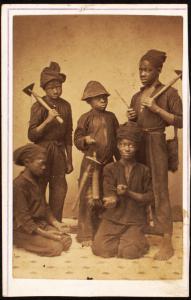
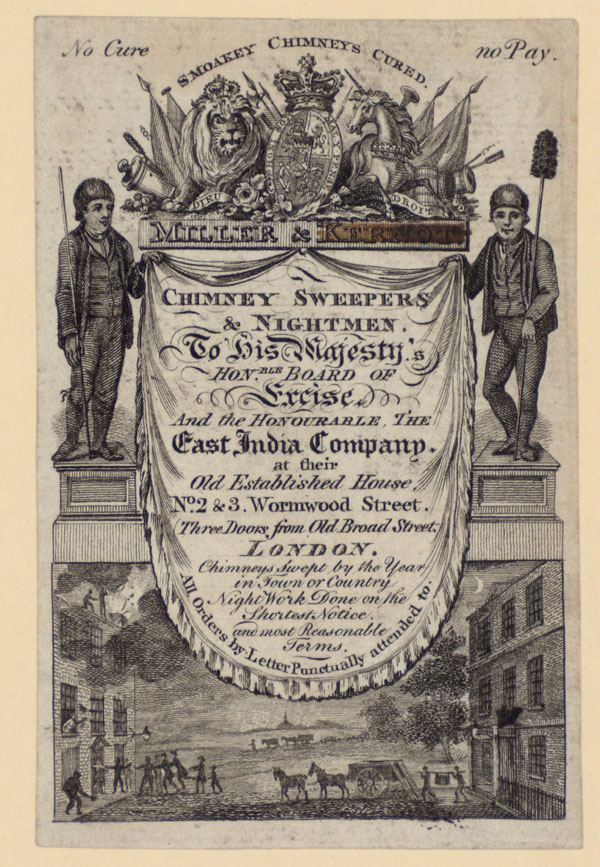
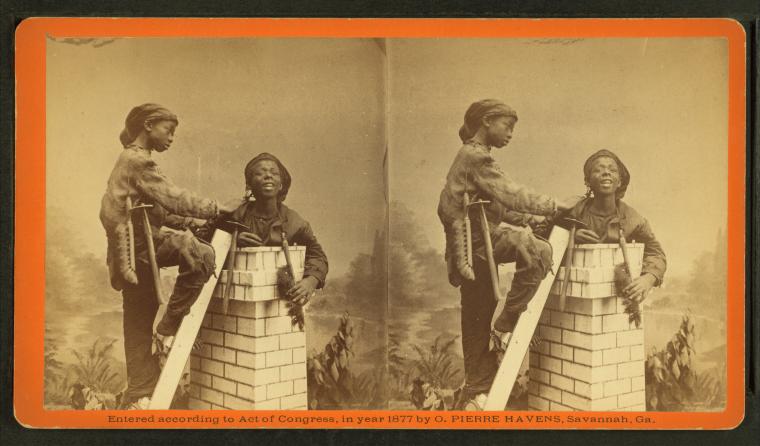
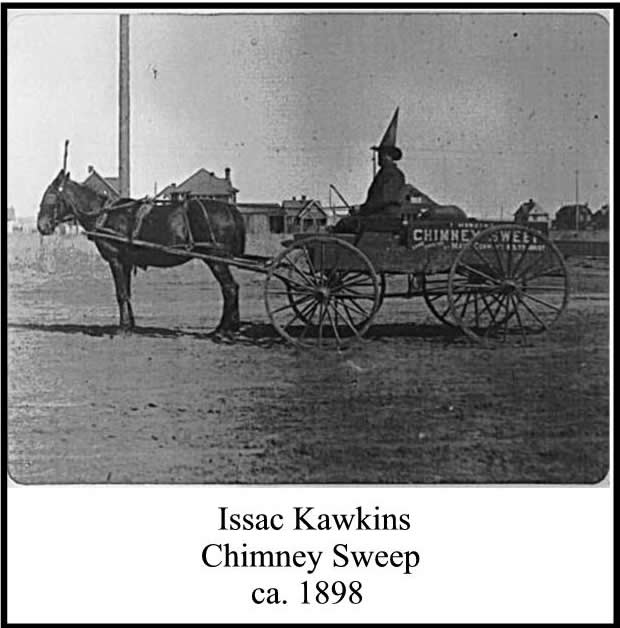
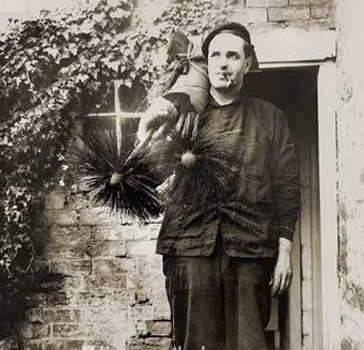
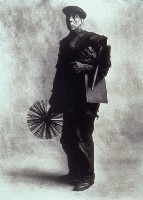
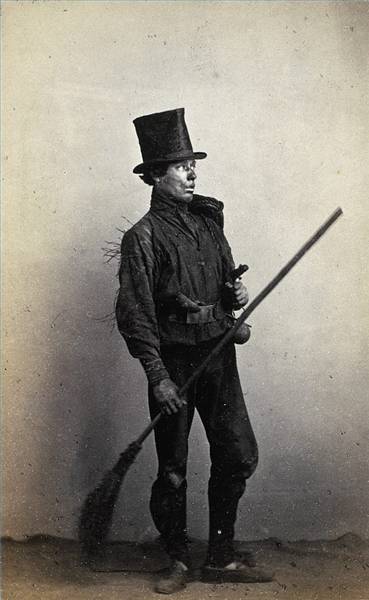
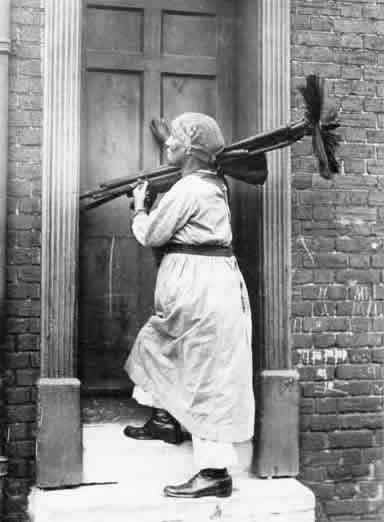
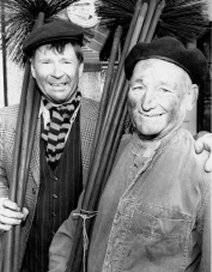
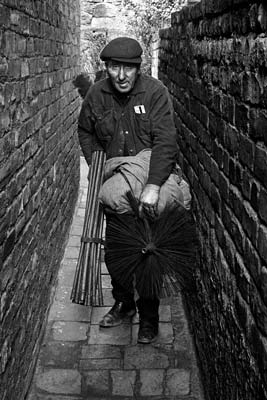
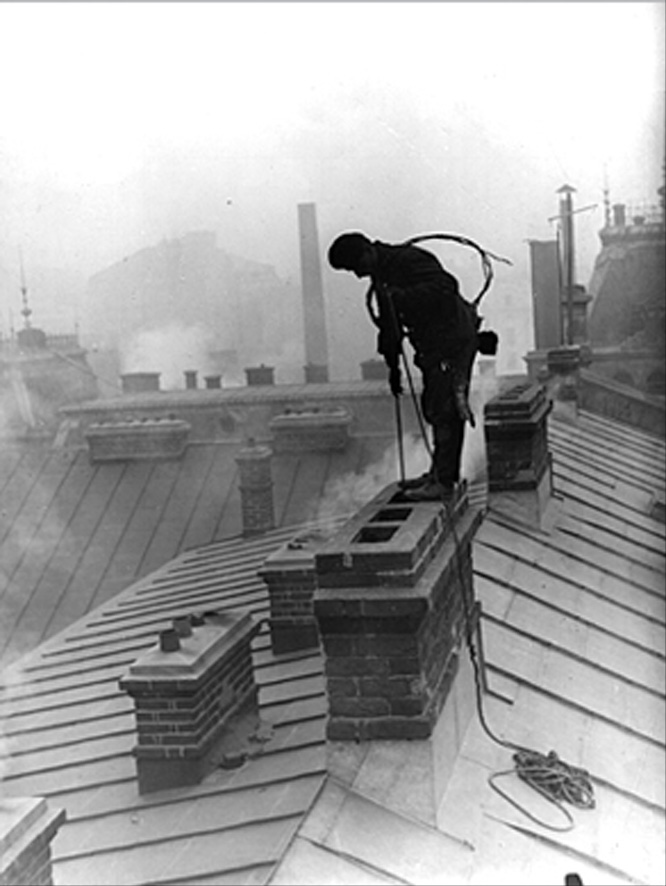
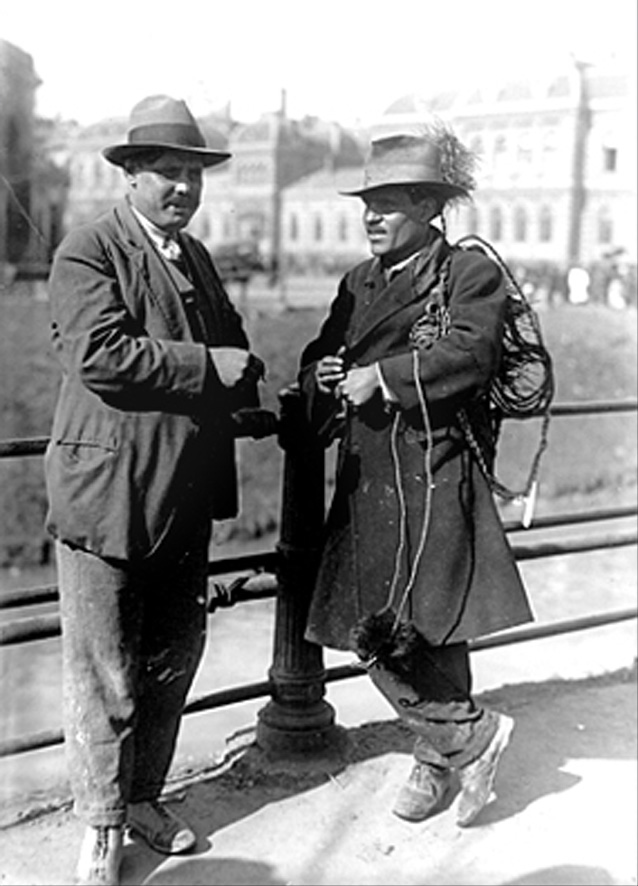
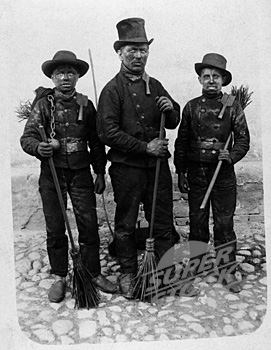
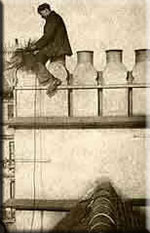
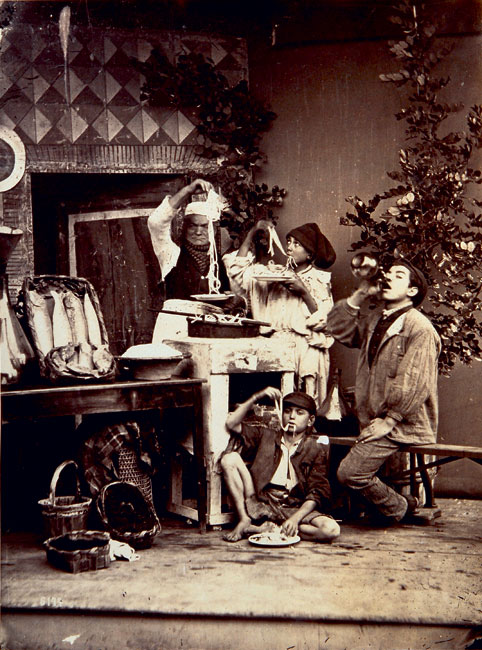
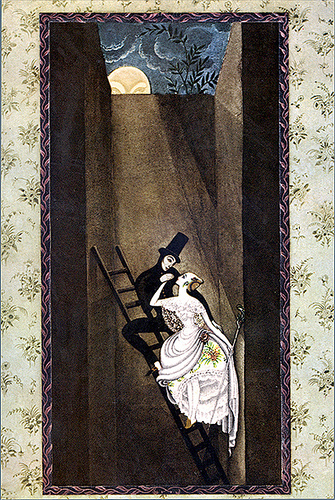
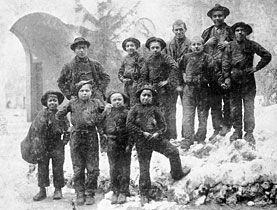
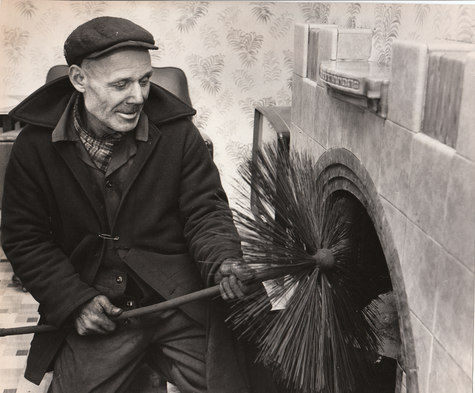

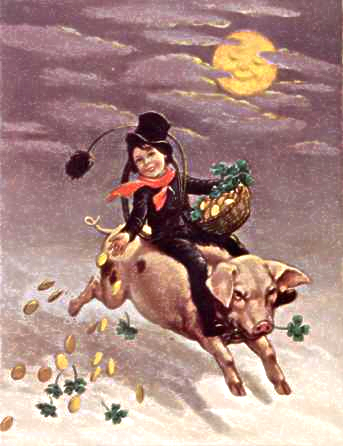
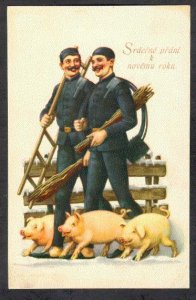
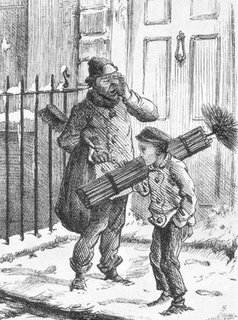 Common practice was to light a small fire
Common practice was to light a small fire 